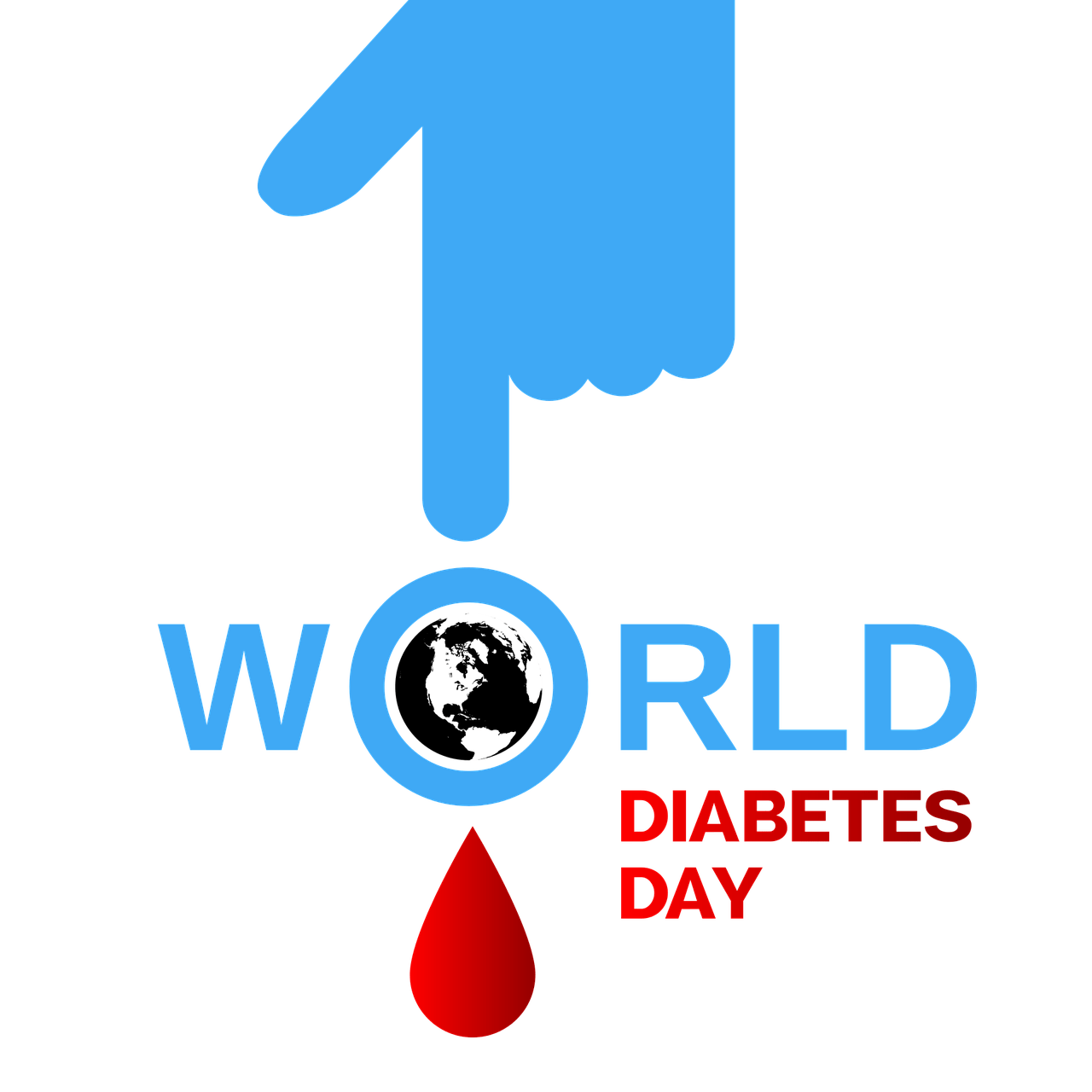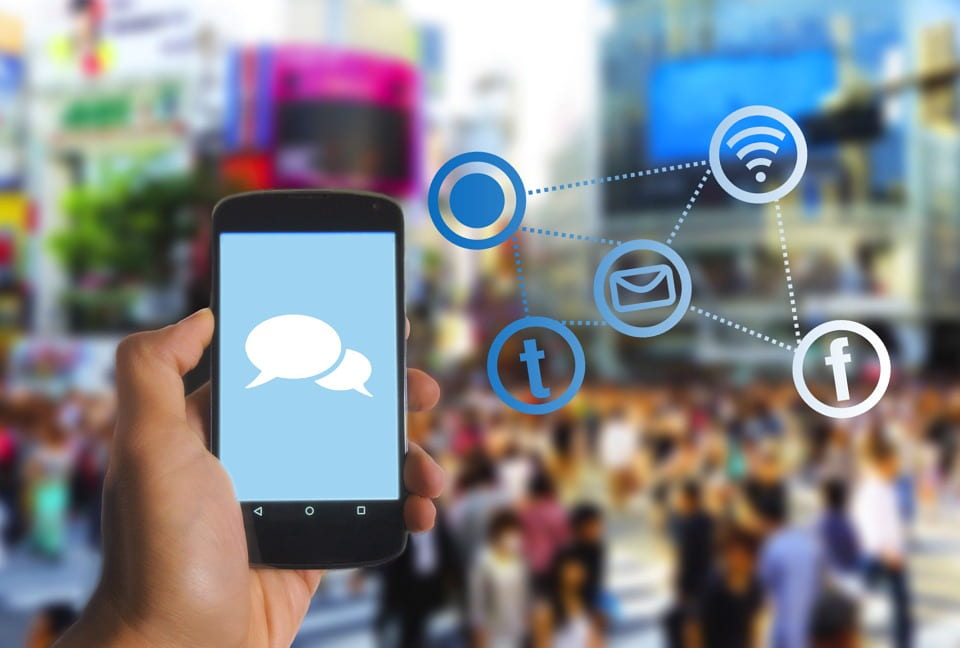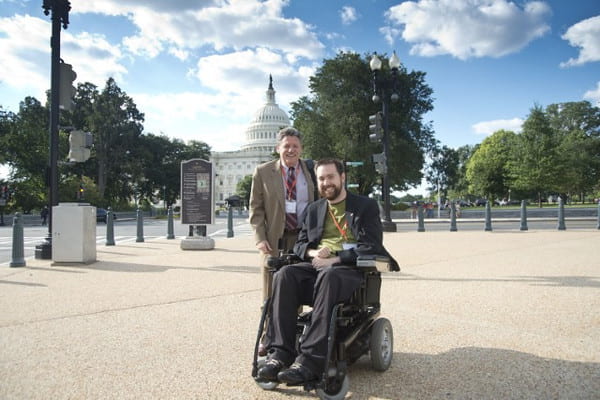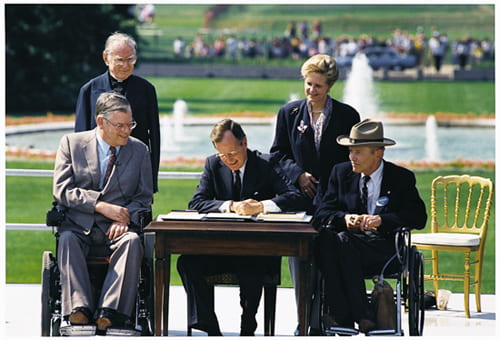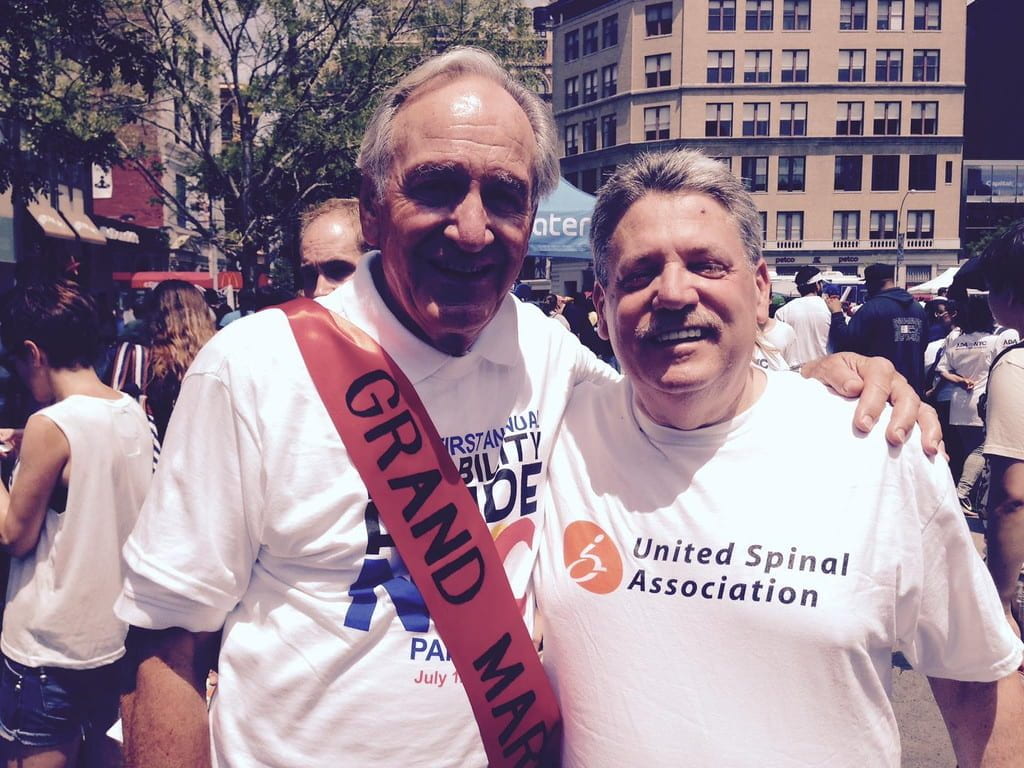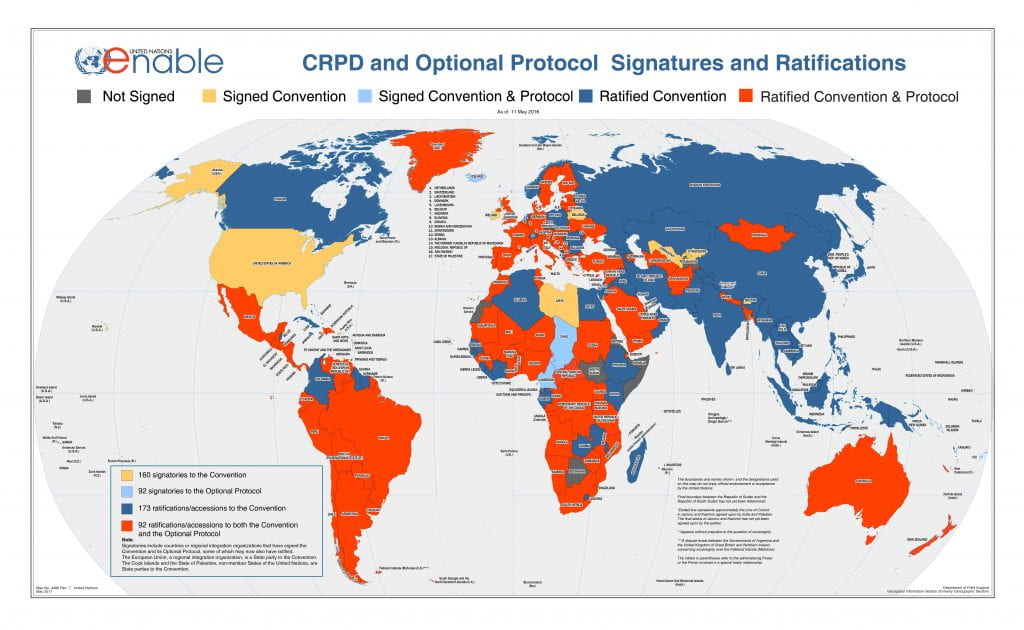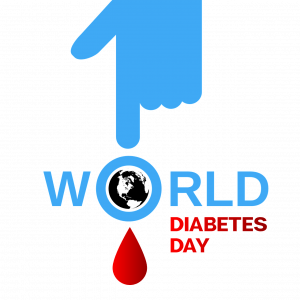
World Diabetes Day is recognized globally on November 14th. It’s important to recognize the progress we’ve made in managing diabetes. In the past, a diagnosis of diabetes was devastating in many ways: type I and insulin-dependent type II diabetes were often fatal until the discovery of insulin in 1921; gestational diabetes drastically worsened pregnancy outcomes for women and their babies; and other types of type II diabetes resulted in severe complications. Diabetes now has become known as a serious, but treatable, disease. While medically we’ve come a long way with the treatment of diabetes, there are still improvements that need to be made in relation to the social treatment.
Despite the great strides made in the medical community in regard to diabetes, people with diabetes still face hardships and discrimination in the workplace, the classroom, and in the health sector. Many people with diabetes need accommodations in the workplace that are protected by the Americans with Disabilities Act (ADA). For example, many people with diabetes have rapid drops or spikes in blood sugar—hypoglycemia and hyperglycemia, respectively—and they need to take time to remedy it. If an employer does not accommodate these needs, they are in direct violation of the ADA. There are exceptions, such as when hyperglycemia, hypoglycemia, or the breaks make the employee unable to do the essential function of the job. However, in many workplaces, these breaks are possible.
Kristine Rednour was hired as a reserve paramedic for the Wayne Township Fire Department (WTFD). When she was hired, she let the WTFD know that she had type I diabetes. She was promoted to full time, and during work had two hypoglycemic episodes within the same year, which affected her ability to respond as a paramedic. She was put on paid leave, during which she was required to have the medical director clear her. He cleared her for restricted duties and with workplace accommodations, which the WTFD refused to put in place and instead fired her. She sued the WTFD for violating the ADA and won. This is just one of many examples of workplace discrimination that people with diabetes face.
The ADA also protects children at school that have disabilities, including diabetes. However, like with employment discrimination, discrimination at school still occurs. Schools that receive federal funding are required to be able to make accommodations for students with diabetes, such as allowing them to have snacks and having staff that is qualified to administer care.
Some schools don’t offer these accommodations, especially the latter, which can put children at risk for life-threatening medical complications. Some schools even tell parents that their children will not receive medical assistance from staff even if the complications have become so severe that they are unconscious. Often, parents have to put their jobs on hold to be able to make trips to school to check on their children, potentially placing them under increased financial strain.
Blood Glucose Monitors can send blood sugar levels to an app that the child can download and have more immediate updates on their blood sugar. For some children with severe type I diabetes, they can find out life-saving information about what would otherwise be a severe drop in blood sugar. However, many schools are unwilling to accommodate students by letting those with diabetes access their phones or the Wi-Fi, which puts them at risk for missing a life-threatening drop in blood sugar.
Some children have been denied entrance into schools because they have diabetes, which violates the ADA if the school receives federal funding. Many students are sent to schools that they are not zoned for because the schools closest to where they live do not have staff trained to take care of them, despite the requirement of this accommodation. This means that parents have to drive their students to a school farther away, potentially disrupting their ability to get to work. Some schools participate in this type of discrimination knowingly, while others do not understand enough about diabetes or the ADA. Regardless, denying entry into a school because of a disability is a direct violation of the ADA.
Due not only to the discrimination those with diabetes face, but also the stress and anxiety of not knowing when they’ll have a drop or spike in blood pressure, people with diabetes often suffer from worsened mental health, which according to many sources, including the UN, is a human right. This lessened mental health takes many forms: people with diabetes are two to three times more likely to suffer from depression; diabetes distress can occur when a person with diabetes feels controlled by their illness instead of the other way around; and when physical health gets worse, mental health often follows. It is important for people with diabetes to know they can seek medical attention for their mental health as well as their physical health.
The final place people with diabetes face a violation of their human rights is in the healthcare setting. Healthcare is expensive even without taking into account chronic diseases, especially medication. Insulin is a relatively cheap and easy medication to make. In the 1990s, a one month supply was less than $50, whereas now it’s upwards of $200, which is not accounted for by inflation. For people without insurance, or those that are underinsured, this can put a huge financial burden. This has led to people with insulin-dependent diabetes to ration their insulin, which can lead to death. For example, a nurse, who knew how to manage her diabetes, was found dead due to not using enough insulin. For people with insulin-dependent diabetes, insulin is a human right, which is being denied to many by the sharp increase in prices.
People with diabetes now are able to live happy and healthy lives, especially compared to a hundred years ago. However, they are still set back due to discrimination and human rights violations. It is important as a society to work towards removing the barriers that people with diabetes, among other disabilities, face so that they have access to health, both mental and physical.
